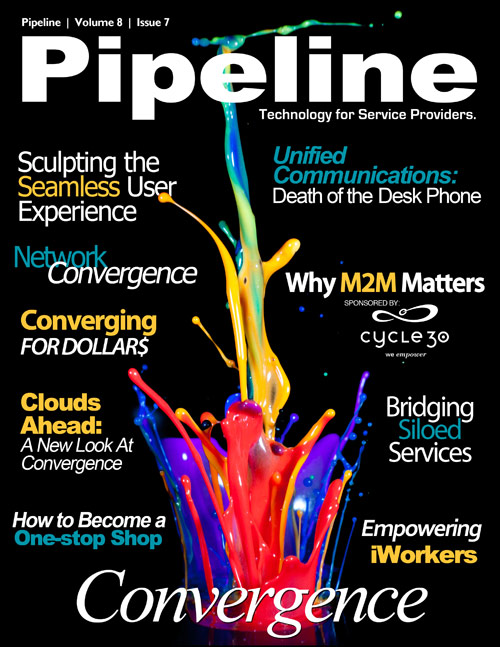So the question of the day is: will this same "not-invented-here" reluctance to partner with third parties play out in M2M, too? Or will telecoms insert themselves into the M2M value stream and get in on the front end of something that could really take off?
In fact, the M2M style of partnering is not completely foreign. Twenty years ago, Southwestern Bell partnered with physical security firms to sell security alarm systems. This wasn't a technically sophisticated play at all, but that simple service uniquely connected the dots between a security firm monitoring homes and a telco's trusted relationship with customers.
That service was never a huge moneymaker, but in terms of customer "stickiness," it was a big winner. Customers were reluctant to churn to a competitor, realizing their home would lose its alarm protection.
In the future, a similar scenario will unfold. If your aging grandparents move to a new home or apartment, which telecom provider will they choose? If one service provider offers an affordable M2M-delivered medical alert service that monitors vital signs, you can bet it's got a big advantage over a competitor that does not.
Gaining a Foothold in the M2M Ecosystem
It's early enough in the game for small to mid-sized carriers to effectively compete for the M2M business with the big Tier 1s and win. But there's no time to lose because in 12 to 24 months, many of the key partners in the M2M ecosystem could be tied up working with other players.
Even still, the M2M industry is evolving as a many-to-many model where devices serve many masters. Let's say you're wearing a medical device that's monitoring your blood pressure. Well, that same device may also be monitoring your heart rate and sending information to an entirely different service provider in the cloud than the one collecting blood pressure data.
So a successful M2M program begins by putting your selling shoes on and developing relationships with the device manufacturers and distributors. From there, you need to work your way back to the network where other carriers will also be components of that larger ecosystem.
The relationships are similar to those who work with handset manufacturers. It's about understanding where you connect to the network, what all the data sources are, and the kind of data volumes coming off the devices. This is the first step in meaningful partner convergence.
The second half is figuring out how you–as a carrier–add value. And the obvious value-add points are in aggregating data from multiple devices–from not just your own network, but other's networks as well. Still another valuable service is building portals to show information coming from the various devices. Last, but not least, you need to figure out how to bill for these M2M services.
Cycle30 itself has gone down the M2M partnering path and we're pleased do say we now have an exclusive contract with a large electronics distributor of M2M devices. So we're familiar with how these M2M relationships are developed. If we can help you move further down the M2M path, we'd be glad to help.
Bottom line: M2M is a marvelous business opportunity and represents a new style of convergence. But it takes a village. To succeed, you need to partner. Carriers won't be able to approach the ecosystem and assume that their networks will rule the game. Everyone needs to be accommodating and understand how to contribute and add value to the collaboration.









